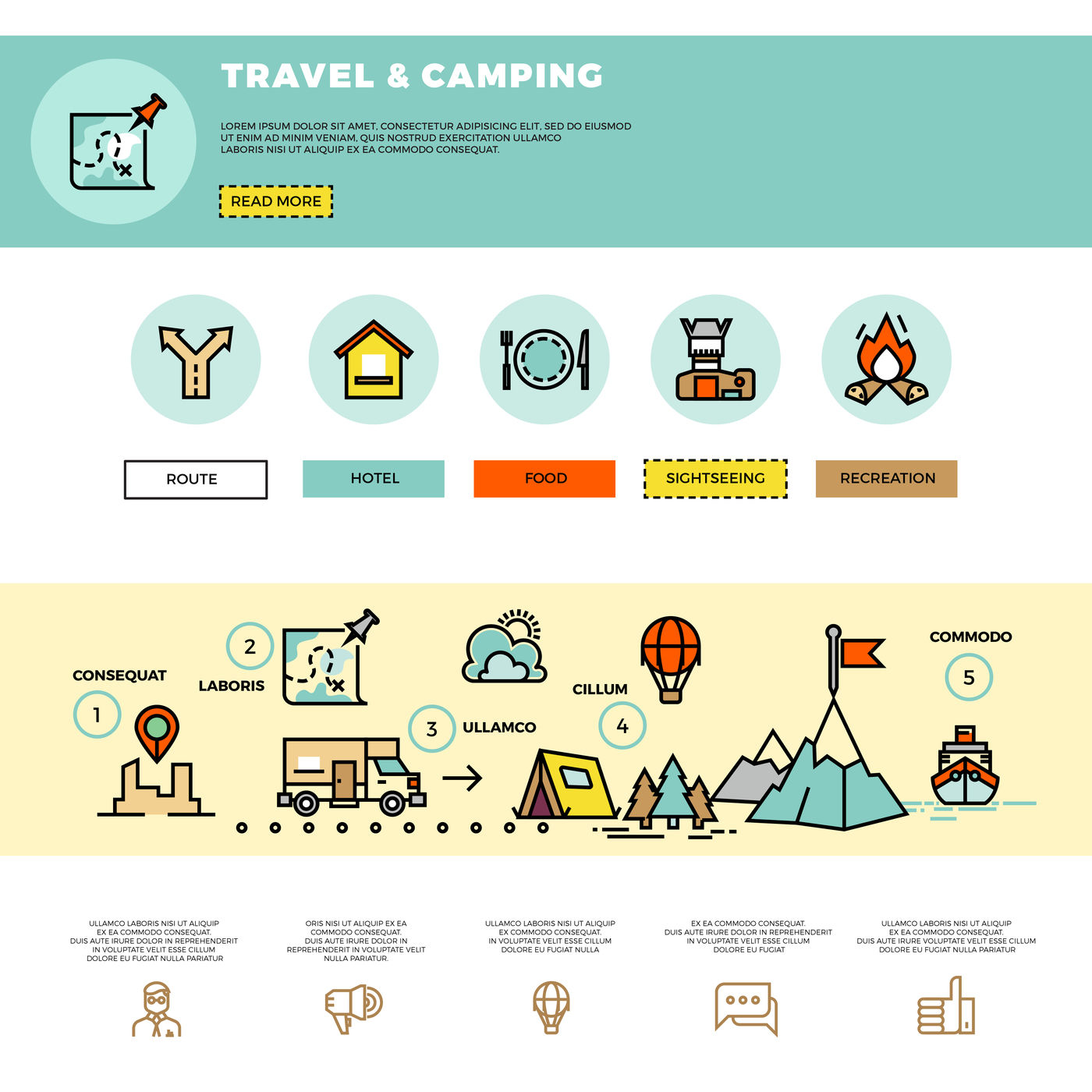While both offer strengths in different settings, it's important to establish which sort of insulation will certainly finest serve your needs. The insulation you pick influences warmth, weight, water resistance, compressibility and price.
Down is gathered from waterfowl, generally ducks or geese. It is treasured for its lightness, simple compression and insulating buildings. However, down comes to be less reliable when wet.
Warmth-to-Weight
A high warmth-to-weight proportion is wanted in outside apparel and gear. The shielding residential or commercial properties of down feathers make them a wonderful choice for this objective, as they are incredibly cozy and light-weight.
Nevertheless, down sheds its insulating capabilities when it splashes, meaning it requires to be coupled with a waterproof covering. Furthermore, some individuals are allergic to down, making synthetic coats a better choice for them.
Artificial insulations are typically made from recycled polyester and developed to resemble down's insulating homes. They are not as light-weight as down, but they do not lose their protecting capacities when they get wet and dry faster than down. They are additionally more cost effective than down. Nonetheless, their lifespan is shorter than down, causing greater maintenance and replacement expenses.
Water Resistance
The insulation you select for your job coat will make a big difference in exactly how comfy you really feel outdoors. Nonetheless, the type of insulation you select likewise has considerable effects for your sustainability objectives.
Down is an excellent insulator for a number of reasons. It's lightweight, compressible, and uses an excellent warmth-to-weight proportion. However, it doesn't fare well when it gets wet. Down clumps up and loses its loft space when damp, which can dramatically lower its ability to trap warmth.
Synthetic insulation materials, such as Thinsulate and Primaloft, hold up far better against wet conditions. They normally have a tight weave or chemical finishing that maintains water from penetrating the material. This permits the insulation to continue to be breathable, even if damp. It deserves keeping in mind that synthetics can additionally be awkward when damp, yet they preserve their insulating properties.
Compressibility
While goose down does have an exceptional warmth-to-weight ratio, synthetic insulation performs similarly. However, unlike down which absorbs and loses its insulating abilities when damp, artificial insulation does not. Therefore, it can maintain its loft space and catch cozy air in wet conditions.
Typically manufactured from polyester sheets or clusters that mimic down, one of the most typical synthetic insulation brands include PrimaLoft, FullRange, Thermoball and Patagonia's PlumaFill. While it still can't match down's loftiness and warmth-to-weight, artificial coats are light-weight, quick to dry and cheaper than down. This makes synthetic coats excellent for damp atmospheres, or if you're prone to sweating heavily. Synthetic jackets are additionally much less fragile than down and can take a beating. This resilience extends to their face fabrics which are generally thicker and extra long lasting than down.
Toughness
A major consideration in sustainability is a product's long life and toughness. Natural materials like cork, ThermaCork increased cork and Havelock woollen last longer than artificial alternatives like fiberglass and plastic. They additionally call for less maintenance and can hold up against rough ecological conditions.
Nonetheless, all-natural insulation doesn't perform too when damp as synthetic choices. Woollen and fleece clump with each other when damp, jeopardizing their ability to catch warmth. Synthetic insulation, on the other hand, does not soak up wetness and continues to shield even when soaked.
This makes artificial insulation suitable for wet environments and difficult activities where you could sweat heavily. It's additionally simpler to wash and dries out faster than down. This added longevity and dependability make synthetic insulation tent durability a total champion in this category. This converts to resilient shielded work boots that last long and maintain you warm via demanding settings.
Sustainability
All-natural materials use biodegradability and a smaller ecological footprint, while artificial options brag sturdiness and innovative applications that sustain energy effectiveness. However, it is necessary to comprehend truth environmental influence of these insulation materials from cradle-to-grave.
As an example, if a natural insulation product has to take a trip a long distance from its resource to the building website, transportation-related emissions boost its overall carbon footprint. Picking locally sourced and reused products lowers that impact. And, going with GREENGUARD and Cradle to Cradle accreditations makes certain that insulation is devoid of unstable natural compounds (VOCs) and sustains responsible sourcing and labor conditions.
Lamb's wool and cork are sustainable insulation sources that are gathered without damaging the tree or plant. Both have the included benefit of being naturally resistant to mold, parasites and moisture.
